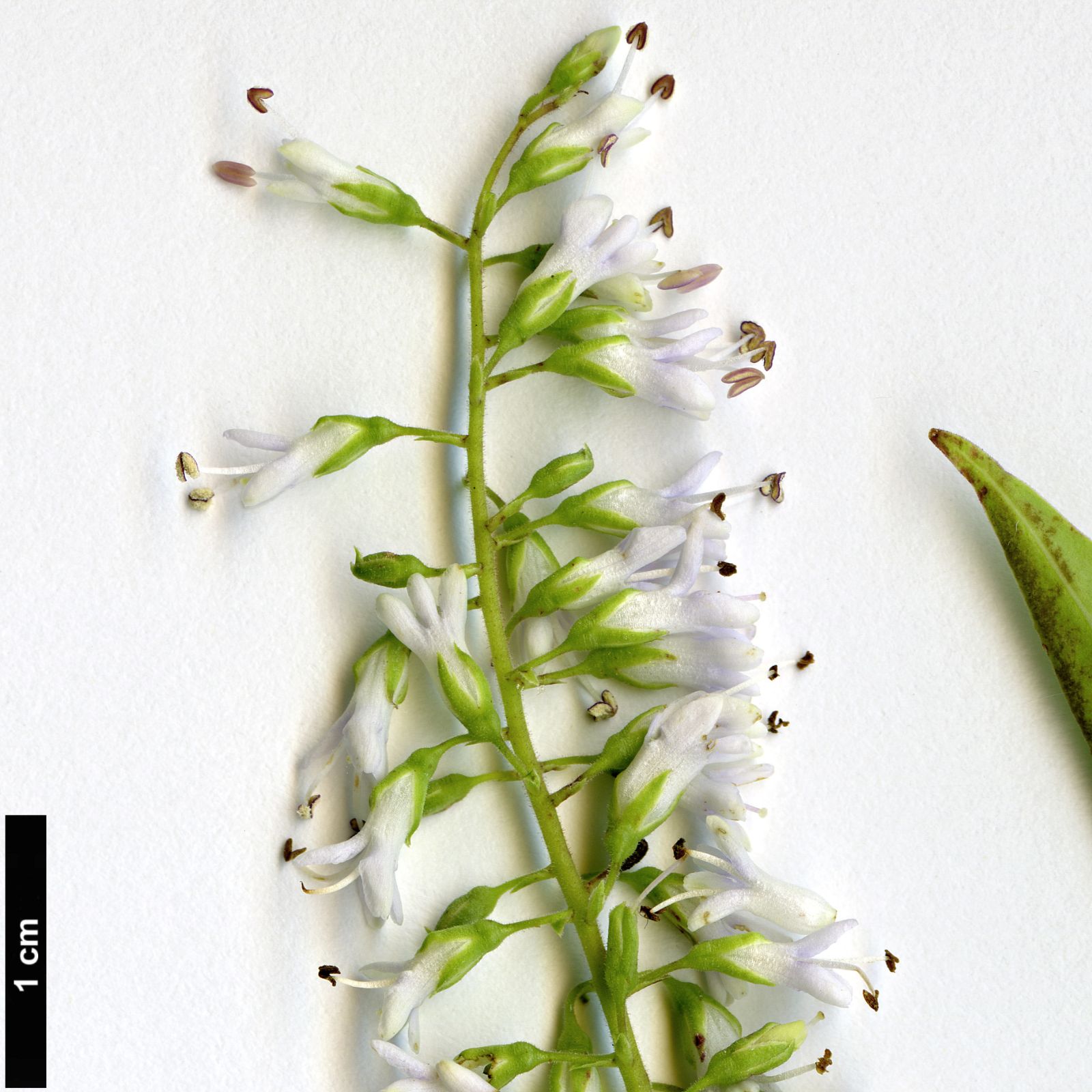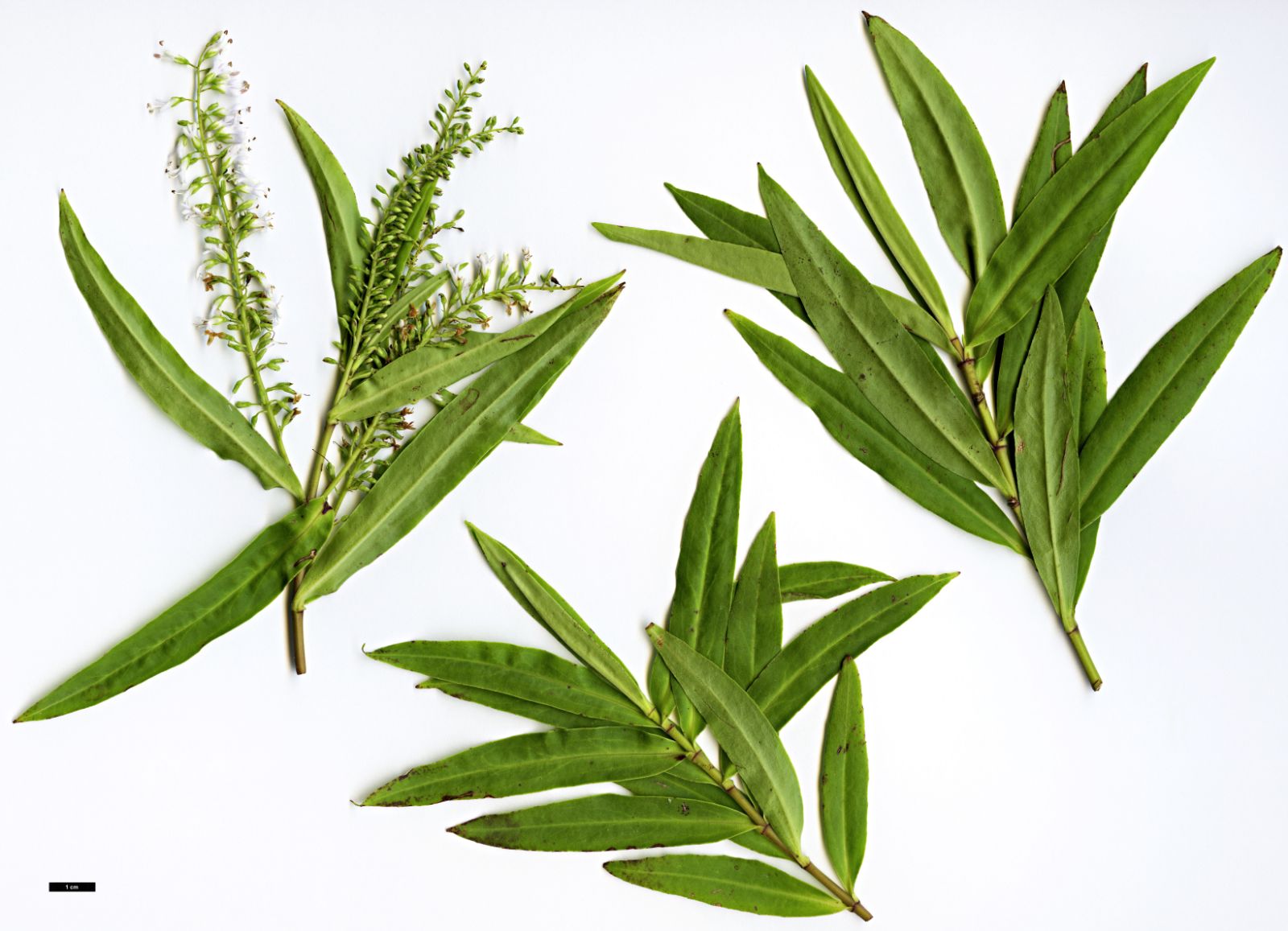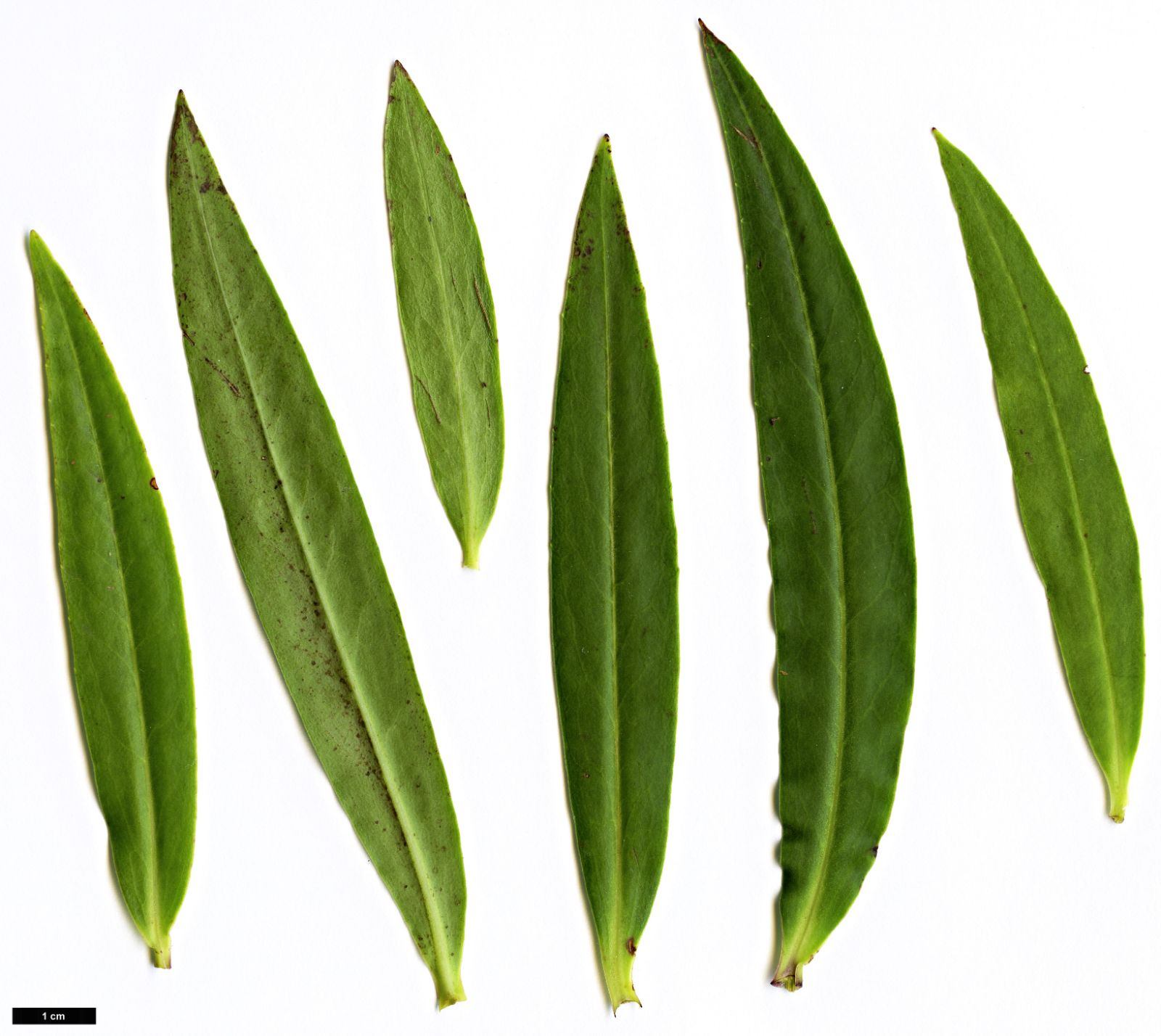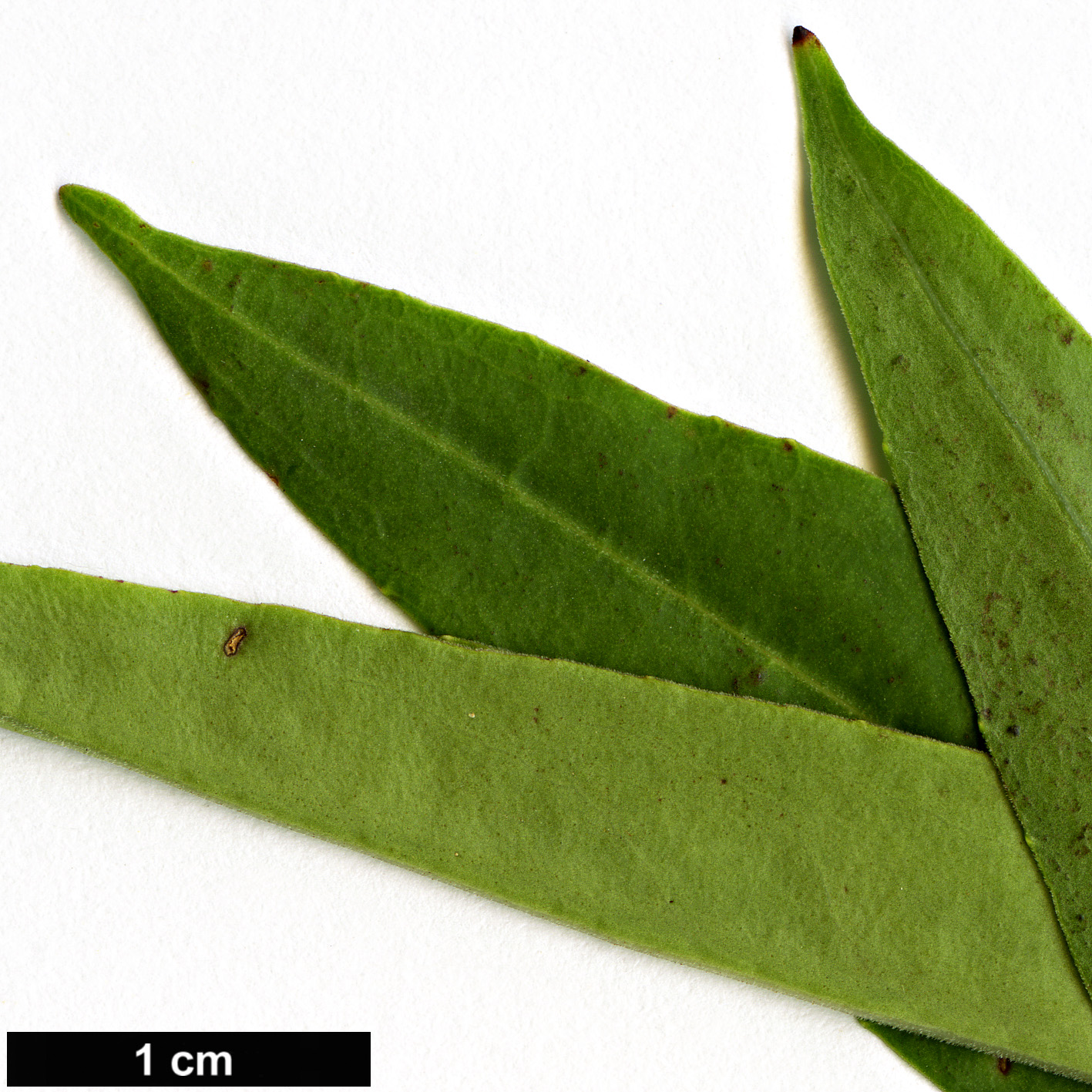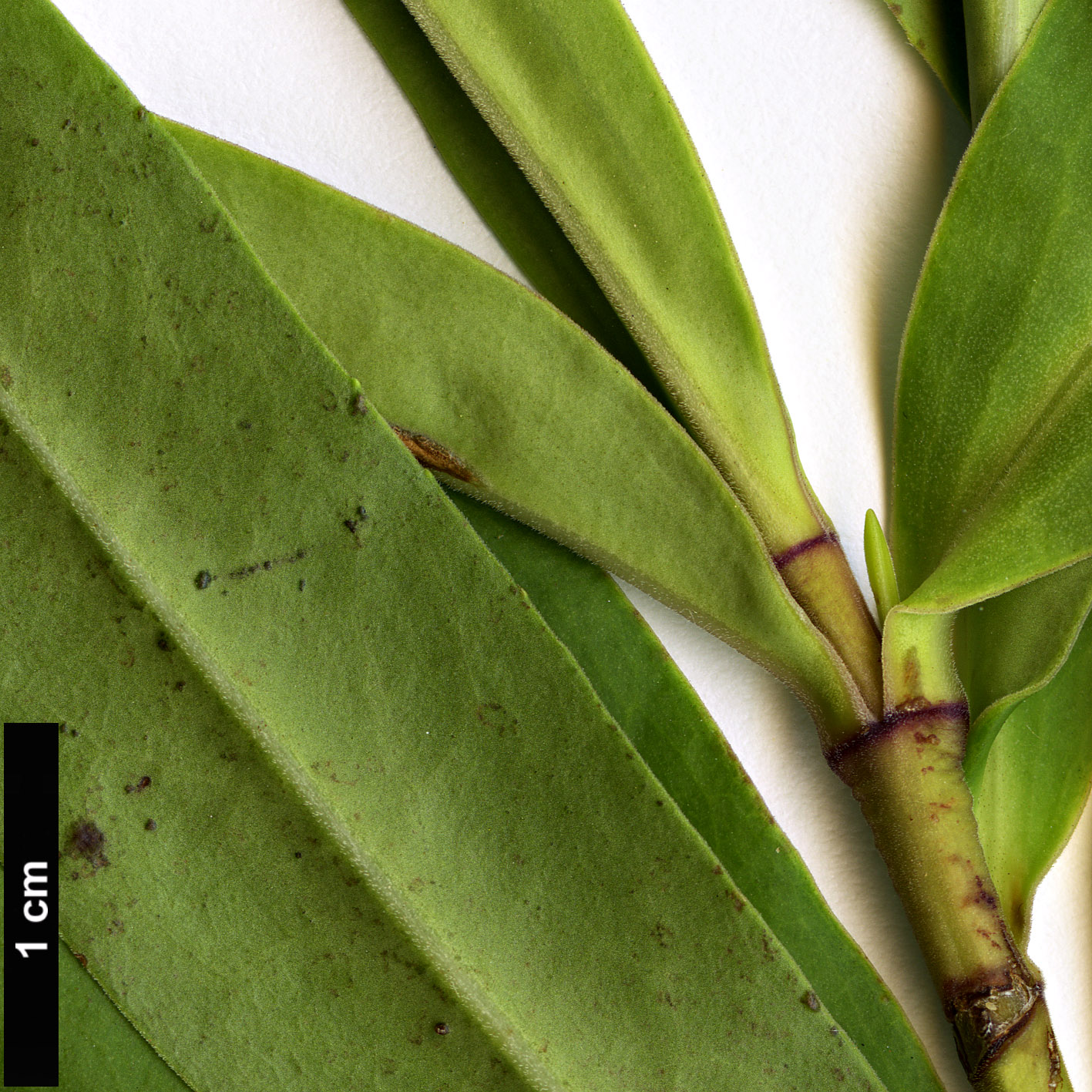Hebe stricta
Credits
Article from Bean's Trees and Shrubs Hardy in the British Isles
Recommended citation
'Hebe stricta' from the website Trees and Shrubs Online (treesandshrubsonline.
Genus
Synonyms
- Veronica stricta Benth., H. salicifolia var. stricta (Benth.) Ckn. & Allan
- V. salicifolia var. stricta (Benth.) Hook. f.
Infraspecifics
Other taxa in genus
- Hebe amplexicaulis
- Hebe anomala
- Hebe armstrongii
- Hebe brachysiphon
- Hebe buchananii
- Hebe buxifolia
- Hebe canterburiensis
- Hebe carnosula
- Hebe chathamica
- Hebe colensoi
- Hebe cupressoides
- Hebe decumbens
- Hebe dieffenbachii
- Hebe diosmifolia
- Hebe elliptica
- Hebe epacridea
- Hebe × franciscana
- Hebe gibbsii
- Hebe gigantea
- Hebe glaucophylla
- Hebe gracillima
- Hebe hectoris
- Hebe hulkeana
- Hebe leiophylla
- Hebe ligustrifolia
- Hebe loganioides
- Hebe lycopodioides
- Hebe macrantha
- Hebe macrocarpa
- Hebe matthewsii
- Hebe ochracea
- Hebe parviflora
- Hebe pimeleoides
- Hebe pinguifolia
- Hebe propinqua
- Hebe rakaiensis
- Hebe recurva
- Hebe rigidula
- Hebe salicifolia
- Hebe speciosa
- Hebe tetrasticha
A shrub of variable habit growing to 10 ft high in the wild, occasionally taller; leaf-bud without sinus; stems glabrous or finely downy. Leaves linear-lanceolate or lanceolate, 2 to 5 in. long, 1⁄3 to 3⁄4 in. wide, tapered to an acute or acuminate tip, entire or with a few remote small teeth, not glossy, glabrous except for fine down along the margins and midrib. Flowers white or pale lilac in simple racemes longer than the leaves; bracts and calyx-lobes downy all over their surface; corolla about 3⁄16 in. long, the tube slender, longer than the calyx, lobes rounded, shorter than the tube. Style and top of ovary downy. Capsules about twice as long as calyx.
A native of the North Island of New Zealand. It is part of H. salicifolia as understood until recently, but differs in the absence of a leaf-bud sinus and in the longer, more slender corolla-tubes. Also, in the typical variety described above the bracts and calyx-lobes are downy all over (only ciliate in H. salicifolia), but this distinction does not hold good for the varieties described below, both of which have probably been introduced:
var. atkinsonii (Ckn.) L. B. Moore
Synonyms
V. salicifolia var. atkinsonii Ckn
var. egmontiana L. B. Moore
Synonyms
H. salicifolia var. egmontiana (Ckn.) Ckn. & Allan
nom. inedit

